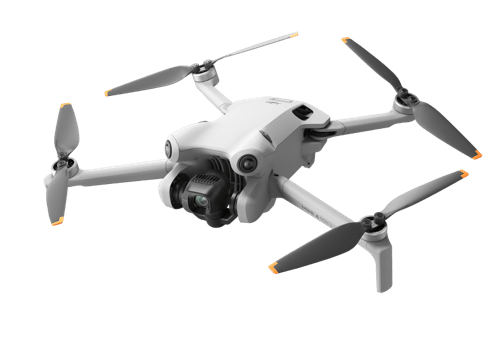Recognizing Hazardous Thoughts
Recognizing Hazardous Thoughts
Your first step when handling a hazardous attitude is recognizing the hazardous thoughts as soon as they come up.
When you notice those risky ideas creeping in, you can start turning things around.
Use Checklists
Checklists are often one of the neglected items when a pilot relies on short and long term memory for repetitive tasks.
When pilots follow a standardized sequence for critical tasks, such as pre-flight checks, takeoff procedures, and emergency protocols, it’s much more likely things will go according to plan.
Relying solely on memory for repetitive tasks can lead to errors or omissions, whereas using a checklist helps maintain thoroughness and consistency in flight operations.
Hazards Thoughts & Their Antidotes
Five primary hazardous attitudes drone pilots might encounter in the field, along with the mindset required to overcome them.
1. Anti-Authority
Thought: “Don’t tell me.“
- Involves a disregard for rules and regulations.
- Leads to reckless behavior and a tendency to challenge authority, which can result in non-compliance with aviation regulations.
Antidote: “Follow the rules.”
- Rules and regulations are in place for safety reasons. Respect the authority of FAA aviation regulations and follow the rules.
2. Impulsivity
Thought:
“Do it quickly.”
“Fly first, ask questions later.”
- Characterized by making hasty decisions without considering the consequences.
- Leads to risky actions and poor judgment, especially in fast-paced or challenging situations.
Antidote: Think before acting.
- Pause and think before making decisions.
- Consider the potential consequences and weigh your options carefully.
3. Invulnerability
Thought:
“It won’t happen to me.”
- Acknowledge that accidents can happen to anyone, including yourself.
- Maintain a realistic assessment of your own capabilities and limitations.
Antidote:
It could happen to me.
- Recognize and respect the potential risks associated with drone operations.
- Prioritize safety by adhering to operational guidelines, conduct thorough pre-flight checks, maintain situational awareness throughout the flight, and be prepared to respond to emergencies or unexpected situations.
4. Macho
Thought:
“I can do it.”
- A desire to take risks, show off, and impress others.
- Leads to a willingness to push the limits of safe operation and take unnecessary chances, often to prove oneself.
Antidote:
“Taking chances is foolish.”
- Understand the difference between taking calculated risks and reckless behavior.
- Focus on making well-informed decisions based on safety considerations rather than seeking unnecessary thrills.
5. Resignation
Thought:
“What’s the use?”
- A feeling of powerlessness and a belief that nothing one does can make a difference.
- Leads to complacency and a lack of vigilance, as individuals may feel there’s no benefit in taking safety precautions seriously.
Antidote:
“I am not helpless”
- Stay engaged in your aviation activities and maintain an active role in ensuring safety.
- Recognize that your actions can make a difference in preventing incidents or accidents.




